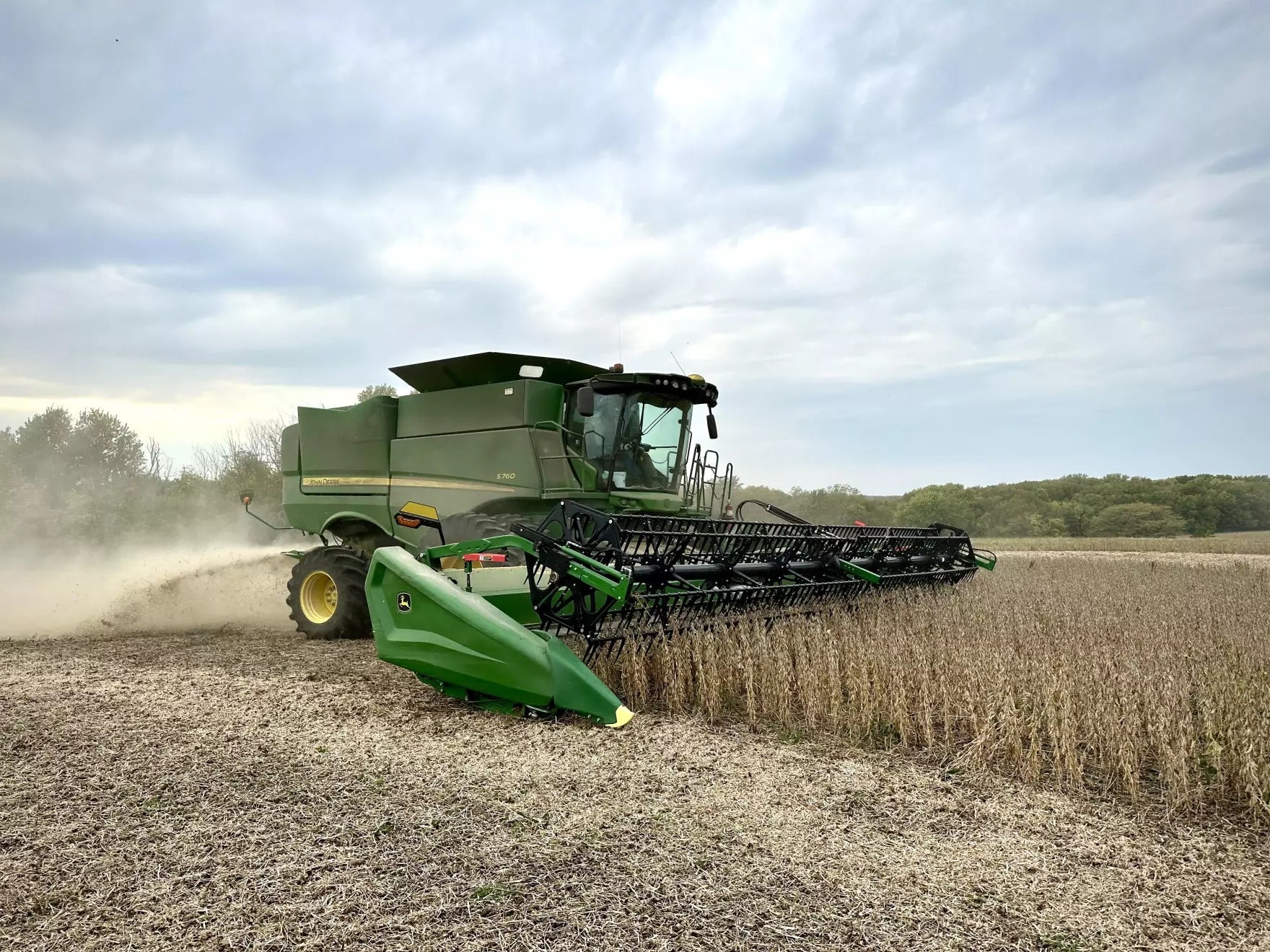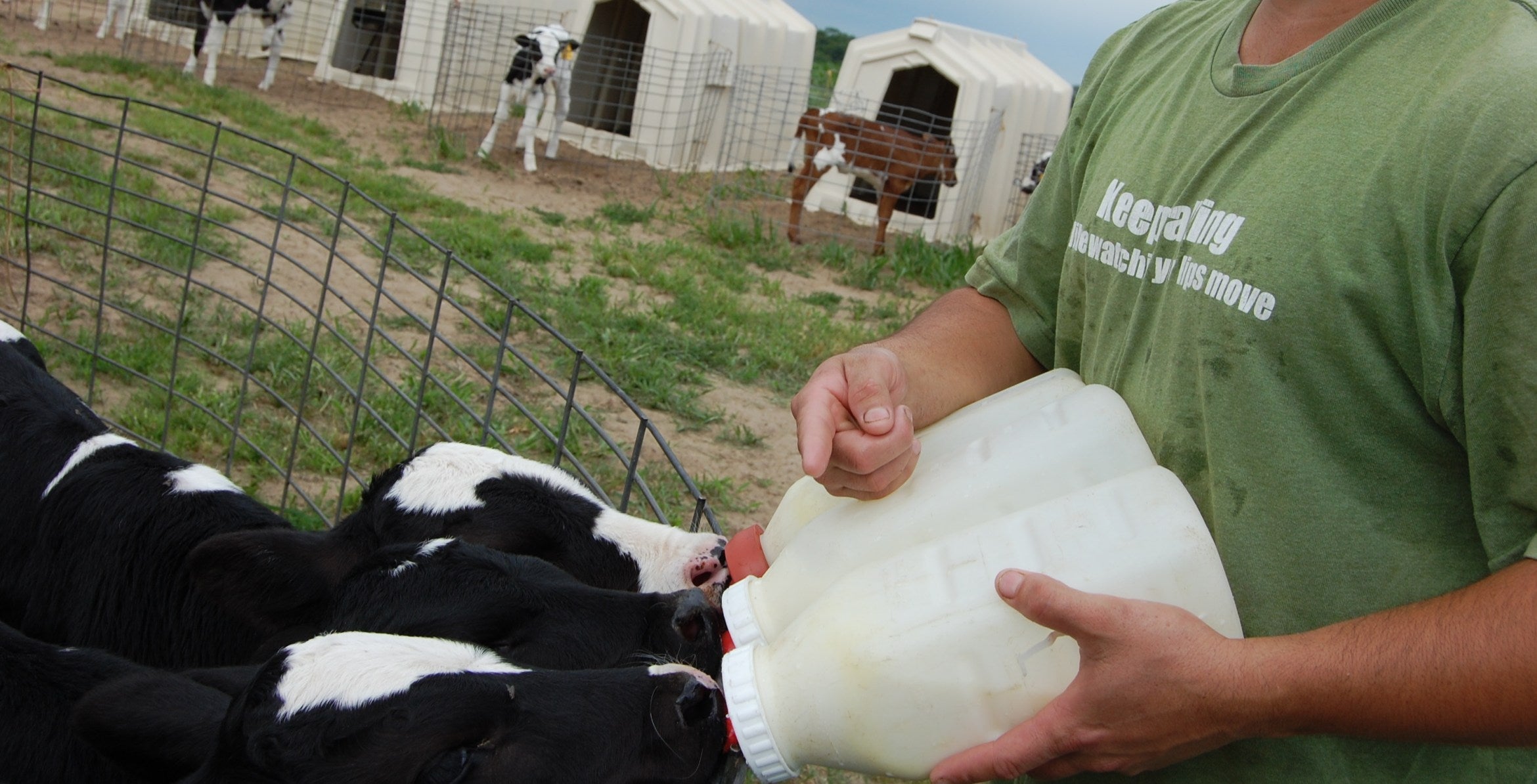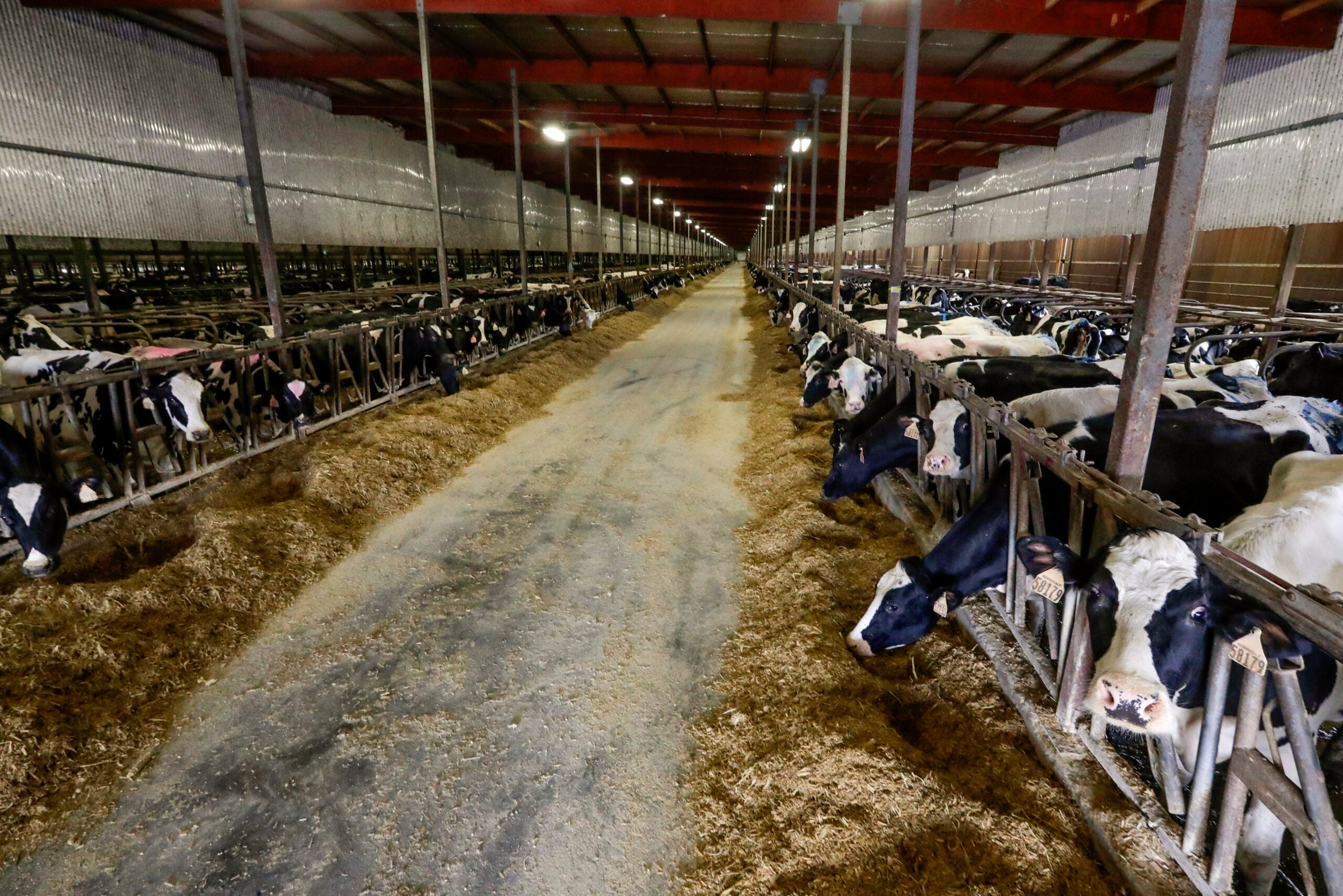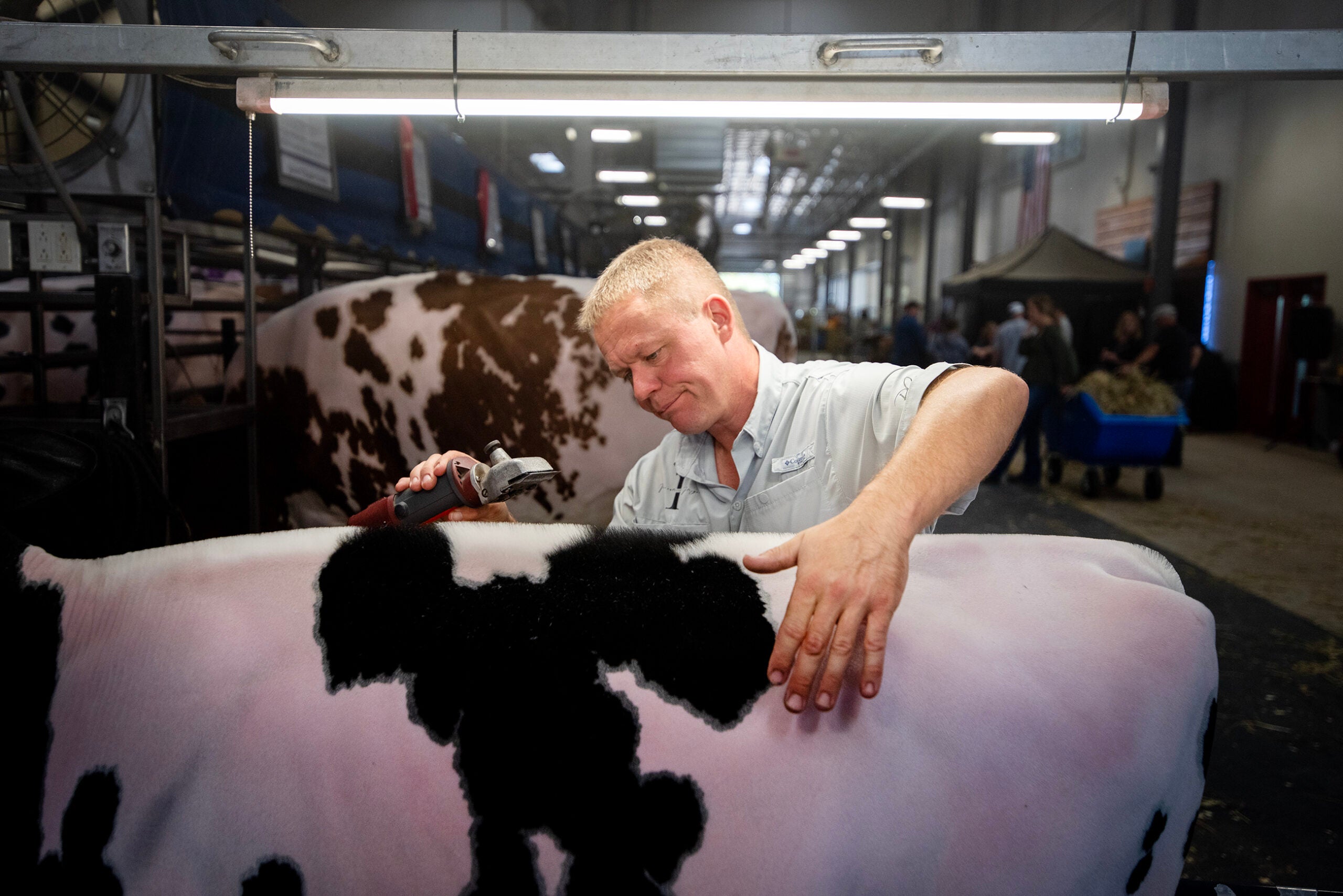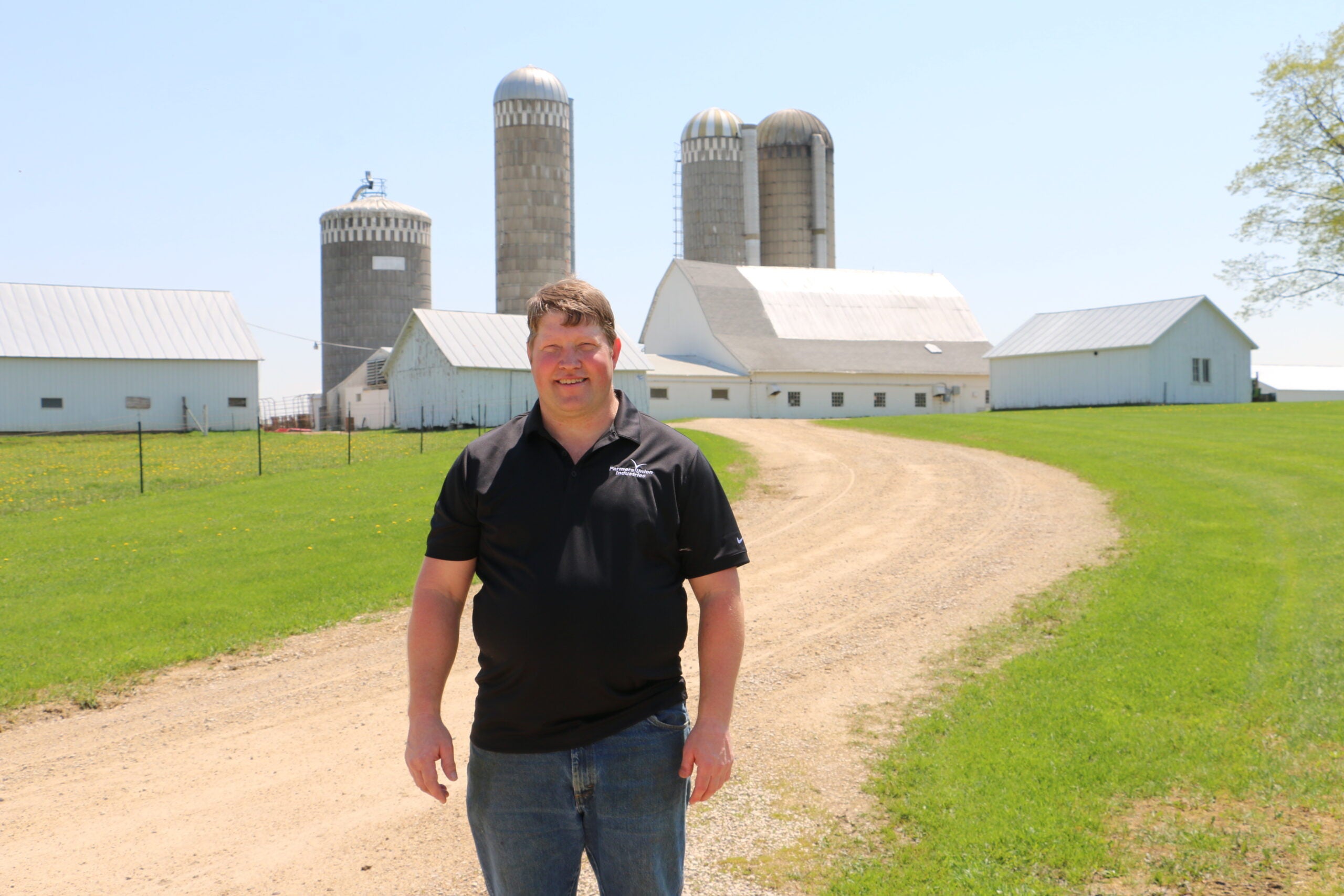Wisconsin lost 47 dairy farms in August, putting the state on pace for its worst year since 2013.
The latest data from the state Department of Agriculture, Trade and Consumer Protection shows there were 8,372 licensed dairy producers at the beginning of September. That’s 429 fewer than were licensed at the start of the year.
It’s the biggest decline since 2013, when the state lost 434 farms in the first eight months of the year.
News with a little more humanity
WPR’s “Wisconsin Today” newsletter keeps you connected to the state you love without feeling overwhelmed. No paywall. No agenda. No corporate filter.
Mike North, president of the Dairy Business Association, said it’s not surprising given the current market and long-term trend toward consolidation in the industry.
“There’s lots of motivating factors in this but it’s a trend that’s been going on for my entire lifetime,” North said
But Shelly Mayer, executive director of Professional Dairy Producers, said low milk prices for more than three years just became too much for some farms.
“For some of these farm families, that they just can’t continue on with the businesses and that’s what we always find difficult and devastating, to lose the farm numbers in that way,” Myer said.
But both Mayer and North say retirement and the absence of a successor to take over the farm are also part of the reasons Wisconsin has fewer dairy farms.
“You would see more people leave if cattle prices were higher, frankly,” North said. “Low cattle prices have kept a lot of cows on the farm at a time when there’s probably some more people that would be willing to leave the space.”
Mayer said the state will likely see continued declines in the number of producers, especially given that expenses for dairy farmers continue to increase even when prices are low.
“Those costs just don’t go down,” Mayer said. “The cost of labor is there. The cost of all of our inputs: electric, gas, insurance (we’re self-insured). All of those costs continue to rise including the cost of replacing machinery.”
Wisconsin Public Radio, © Copyright 2026, Board of Regents of the University of Wisconsin System and Wisconsin Educational Communications Board.

